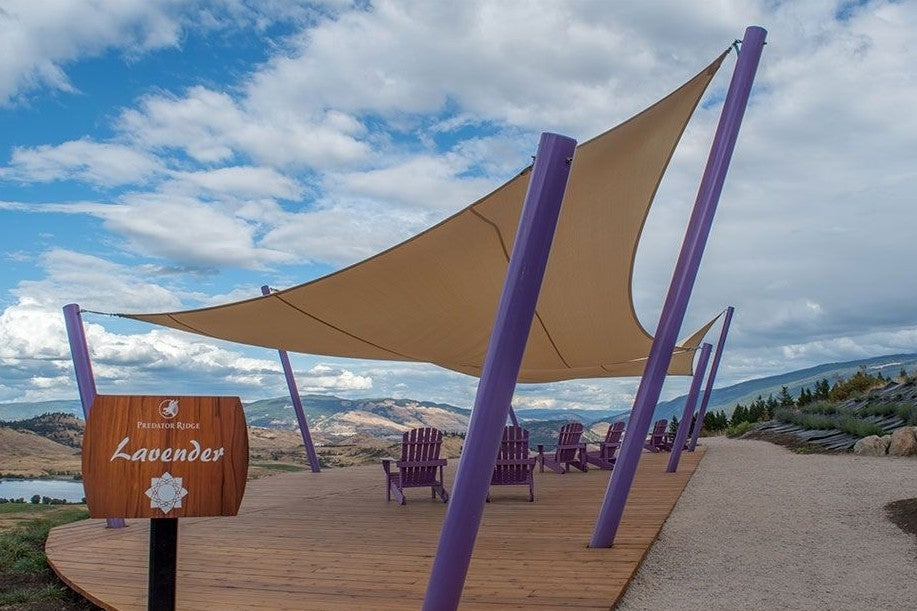Our YouTube channel includes detailed installation guides, frequently asked questions, product overviews and lots more. We are always open to content ideas so please let us know if there is a topic you would like us to cover.
Why Tensile Architecture is the Future of Sustainable Design

In our rapidly evolving architectural landscape, sustainable design has become a crucial approach to meeting both human and environmental needs. It prioritizes creating structures that minimize environmental impact while maximizing long-term efficiency and usability. Among the many innovative approaches, why tensile architecture is the future of sustainable design is increasingly clear. With its blend of flexibility, efficiency, and sustainability, tensile architecture represents a new frontier in creating functional and environmentally responsible spaces.
What Is Tensile Architecture?
Tensile architecture, also known as tensioned fabric structures, relies on tension rather than compression for stability. These lightweight yet strong structures are built using flexible materials — such as fabrics or polymers — supported by a network of steel cables, masts, or other supports. The result is a resilient, adaptable form that combines structural strength with striking visual appeal.

Benefits of Tensile Architecture in Sustainable Design
1. Material Efficiency
Tensile structures use significantly less material than traditional buildings. High-performance materials like ETFE and PTFE offer long lifespans with minimal resource consumption. This material efficiency lowers embodied energy and supports more sustainable construction practices.
2. Energy Efficiency
The translucent nature of tensile fabrics maximizes natural lighting, reducing reliance on artificial illumination. Their excellent thermal properties also help regulate temperature, minimizing the need for energy-intensive heating and cooling systems.
3. Design Versatility
Tensile architecture enables innovative shapes and organic forms, making it ideal for a variety of applications — from stadiums and exhibition halls to community spaces and green roofs. This versatility also supports the integration of sustainable features like rainwater harvesting and natural ventilation.
4. Durability and Low Maintenance
Modern tensile materials resist UV degradation, weathering, and mechanical wear. This durability reduces the need for frequent repairs and extends the structure’s lifespan — both essential elements of sustainable design.
FAQ: Tensile Architecture and Sustainable Design
How do tensile structures perform in harsh weather?
They are engineered for durability and can withstand UV exposure, heavy rain, strong winds, and temperature fluctuations. Their tensioned framework evenly distributes loads, maintaining structural integrity even in extreme conditions.

Are tensile structures cost-effective?
Yes. Tensile structures often cost up to 30% less to build due to reduced material use and faster construction. Their energy efficiency and low maintenance also result in significant long-term savings.
Can tensile architecture be adapted to different climates?
Absolutely. Materials and design strategies are tailored to local weather conditions, ensuring optimal performance in various climates and geographies.
How does tensile architecture support sustainability?
-
Reduced material usage: Uses fewer raw materials and generates less waste.
-
Lower emissions: Lightweight materials reduce transport and construction emissions.
-
Energy efficiency: Reflective membranes reduce cooling needs and allow natural light.
-
Recyclability: Many tensile materials are recyclable, contributing to a circular economy.
-
Prefabrication: Off-site manufacturing reduces on-site waste and speeds up construction.
What are the main environmental benefits?
Tensile structures reduce carbon emissions, improve microclimates through shading and ventilation, and extend building lifespan — all while lowering energy consumption and minimizing waste.
Conclusion
It’s clear why tensile architecture is the future of sustainable design — it combines material and energy efficiency with unmatched design versatility and environmental responsibility. By embracing this innovative approach, architects and planners can create structures that meet today’s demands while preserving resources for tomorrow. Tensile architecture doesn’t just represent the future of sustainable construction — it’s already shaping it.



